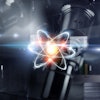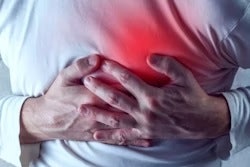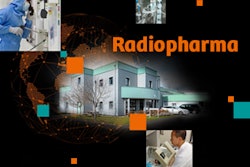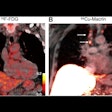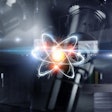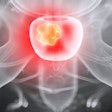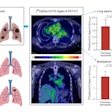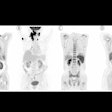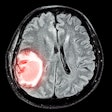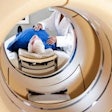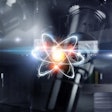PET imaging with nitrogen-13 (N-13) ammonia radiotracer can help predict major adverse cardiac events in patients with ischemic heart disease (IHD), according to a study published May 30 in Radiology: Cardiothoracic Imaging.
A group at Kyushu University in Fukuoka, Japan, found that right ventricular myocardial strain ratio (RVMSR) measurements on N-13 ammonia PET images predicted cardiovascular events and suggested the approach can be used to identify patients who would benefit from clinical interventions.
“RVMSR was an independent predictor of [major adverse cardiac events] and has the potential to aid in the risk stratification of patients with IHD,” noted lead author Atsushi Yamamoto, MD, and colleagues.
RVMSR is a measurement that reflects how well the heart muscle performs during contraction and relaxation and is one of several parameters than can be assessed using cardiac PET imaging, the authors explained. Yet few studies have investigated the association between RVMSR obtained on N-13 ammonia PET images in heart disease patients and major adverse cardiac events, they noted.
To address this knowledge gap, the researchers analyzed findings in 480 patients (mean age, 66 years old) with ischemic heart disease who underwent N-13 ammonia PET scans at Tokyo Women's Medical University Hospital. Patients underwent the scans between January 2017 and January 2021.
The researchers calculated whether RVMSR measurements based on the imaging were associated with major adverse cardiac events (MACE), namely death or heart failure hospitalizations. Based on hospital records, over a period of approximately three years, MACE occurred in 38 patients (8%): 14 patients died and 24 patients were hospitalized due to heart failure.
According to the findings, patients with an RVMSR of less than 110.2 (indicating impaired function) had a significantly higher rate of death or heart failure than those with an RVMSR of 110.2 or greater (p < 0.001).
Moreover, a statistical analysis revealed that that RVMSR was an independent predictor of MACE, meaning that it contributed to adverse events regardless of other risk factors in the patients, such as diabetes.
“This result suggests that RVMSR may be useful for further MACE risk stratification in addition to conventional N-13 ammonia PET parameters,” the group wrote.
The authors noted a limitation of implementing the imaging technique more broadly is that only a few cyclotrons necessary for producing N-13 ammonia radiotracer exist in Japan. Also, they wrote that the RVMSR cutoffs were obtained via a retrospective study and will need to be validated in a prospective blinded study in the future.
Nonetheless, the findings are promising, they suggested.
“RVMSR could potentially allow further risk stratification in patients with ischemic heart disease and help identify patients who would benefit from invasive intervention,” the researchers concluded.
The full study is available here.



